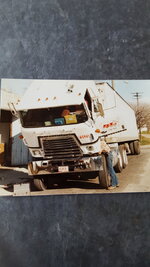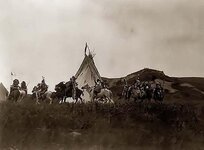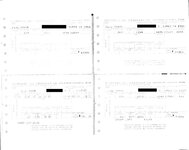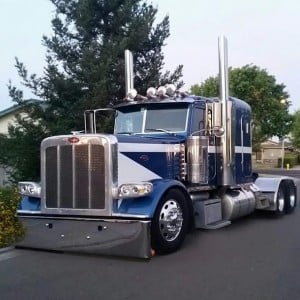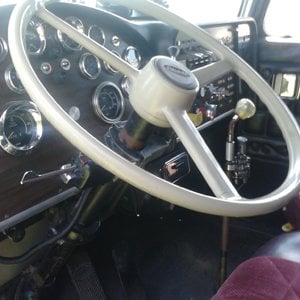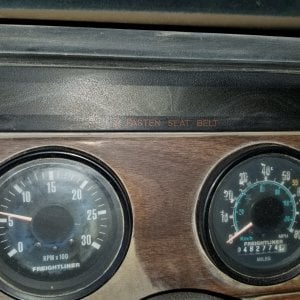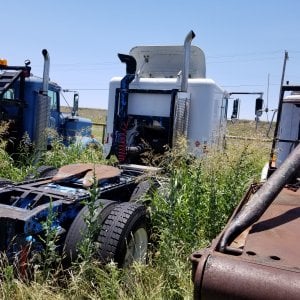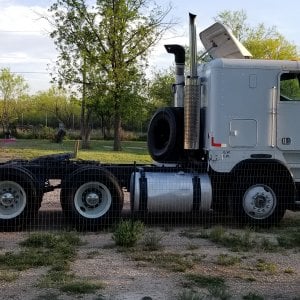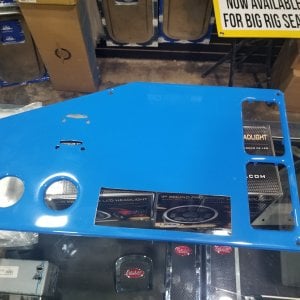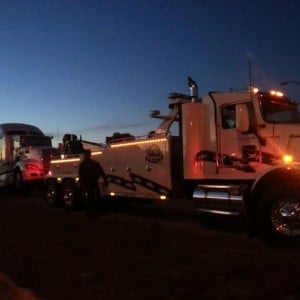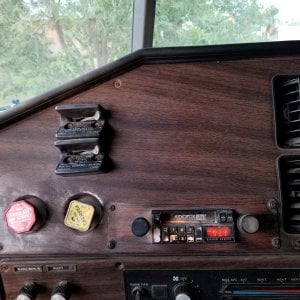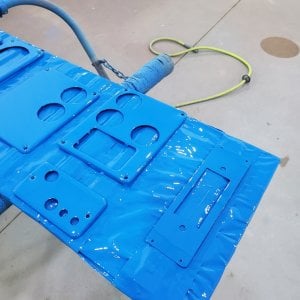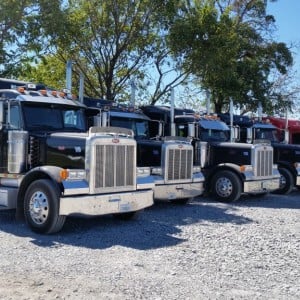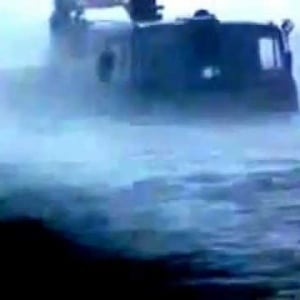When you live up north, your definition of "cold" changes. Most don't switch from jackets to coats until ~20°. I'd be in California in February in shorts and t-shirt, and those folks looked at me like I was hunting polar bears in a speedo. 60° and a warm sun felt heavenly to me! I'm normally in shorts and a hoodie as long as it's above 50°.I always ask people how they can live up in the northern climates where it's cold 7-8 months of the year. They tell me that you get used to it and have to dress for it.
It's the same here in FL., you just get used to it and become really friendly with a good A/C shop. What's really bad is having to wear these Flame Retardant jumpsuits and outerwear at the fuel loading racks. Those that spent time in the SandBox in full gear know what I'm talking about.
Last edited:


